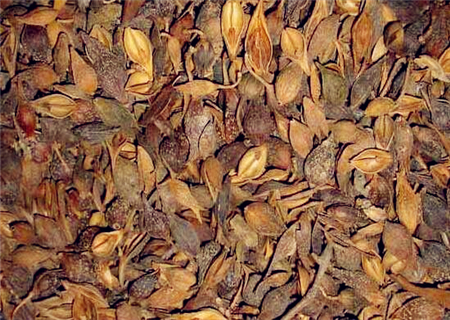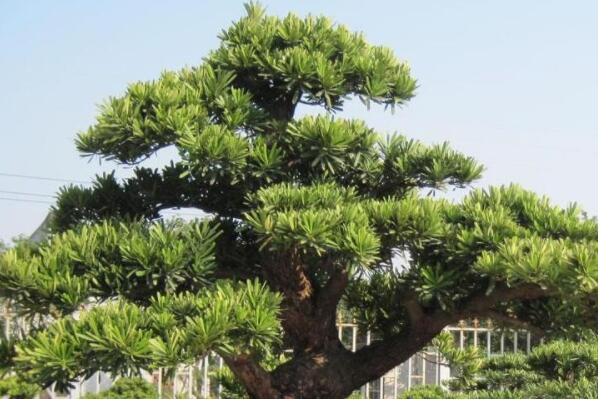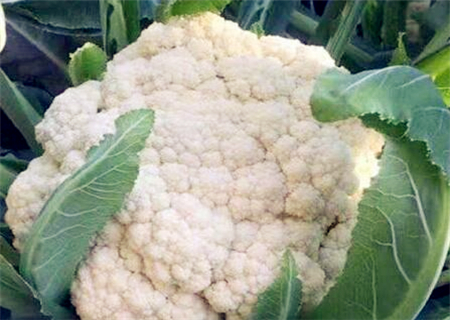How much is the price of forsythia a catty now? What is the market outlook for 2018? How many years of planting can you earn? (with latest prices)
Forsythia, also known as Huanghua Gan, Huang Shoudan, etc., is a deciduous shrub plant of Forsythia suspensa of the family Liliaceae, produced in Hebei, Shanxi, Shaanxi, Shandong, Anhui, Henan, Hubei, Sichuan and other places. So how much is Forsythia suspensa per jin now? What are the market prospects for 2018? How many years can you get a profit from planting? Now let's put it in order as follows:

How much is forsythia per jin?
The price of Forsythia suspensa is about 20-25 yuan per jin, but it varies greatly due to quality, variety, origin and market. Forsythia can be divided into two kinds: forsythia and forsythia. Forsythia is harvested when the pericarp is green and not yet ripe in early September, boil for a while in boiling water or steam in a steamer for about 0.5 hours, remove and dry. Lao Qiao harvested, dried and sifted seeds and impurities when the fruit was ripe and yellowed and the fruit shell cracked in the early ten days of October.
Forsythia suspensa can be planted for several years.
Forsythia seeds generally blossom and bear fruit after 3-4 years, the cuttings take root and survive in the same year, and generally can blossom and bear fruit in the same year or the second year after transplanting.
Reproduction and cultivation:
It can be cut, sowed and propagated separately. The cuttings were carried out from February to March. After the seed was collected in October in autumn, the right seed was sown from February to March of the following year through wet sand stratification. Seedlings are planted in sunny and well-drained fertile soil during defoliation; after flowering, withered branches, weak branches and leaves, and over-dense and over-old branches are cut off every year, and attention should be paid to rhizosphere fertilization. The problem of no fertilization is not too big, many flowers only grow leaves, not flowers, and the vitality of this plant is so tenacious that it can grow in almost any quality of soil.
Cultivation techniques:
1. The sandy loam with sunny, fertile, loose texture and good drainage is selected for land selection and preparation, and ploughed in autumn, with a depth of 20-25 cm, combined with soil preparation, applying 2000-2500 kg of ring fertilizer per mu, and then raking fine and leveling. The direct seeding ground is made into a flat bed 1 meter wide according to the row spacing of 150 cm × 200 cm, hole depth and hole diameter of 30-40 cm, and the length depends on the topography.
two。 The mode of propagation is mainly seed propagation and cuttage, and it can also be propagated by striping and separate plants.
(1) seed reproduction and direct seeding in early and middle March in the south and early April in the north, dig a small hole in the prepared hole with a depth of about 3 cm, select mature, full and disease-free seeds, sow 5-10 seeds in each pit, and press slightly after covering the soil, so that the seeds are closely integrated with the soil. It usually blossoms and bears fruit after 3-4 years.
Seedling transplanting: on the flat and raked seedbed, open a ditch with a depth of 1 cm according to the row spacing of 20 cm, spread the seeds evenly into the ditch with fine sand, and press them slightly after covering the soil, using 2 kg of seeds per mu. Spring sowing half a month or so seedlings, seedling height of 5 cm to fix seedlings, 10 cm high loosening soil and weeding, topdressing urea 10 kg per mu, watering with water to promote seedling growth. Transplant before sprouting in the autumn of that year or the next spring. According to the plant row spacing 200 cm × 150 cm, hole diameter 30 cm, apply miscellaneous fertilizer 5 kg, mix with the soil, plant 2-3 seedlings, fill the soil to half the hole, lift the seedling slightly to stretch the root, and then cover the soil to fill, steadfast. If the soil is dry, water should be watered after transplanting, and the soil should be cultivated to preserve soil moisture after water infiltration.
(2) cutting seedlings in overcast and rainy days in summer, cutting the middle and upper part of 1-2-year-old twigs into cuttings 30 cm long, opening ditches 20 cm deep on the seedling bed, then pressing the soil to keep the border bed moist, rooting and surviving in the same year, transplanting before sprouting in the second spring, and generally flowering and fruiting in the same year or the second year.
3. Field management: in the seedling stage of seed propagation, weeding, loosening the soil and seedlings are removed when the seedlings are 20 cm high. Leave 2 seedlings in each hole and water them at the right time. When the seedling is 30-40 cm high, dilute feces and urine can be applied once to promote its growth. When the trunk is 70-80 cm high, the top tip is cut off and multiple lateral branches are cultivated into main branches. After that, 3-4 strong branches were selected on the main branch to cultivate the auxiliary main branch, and the side branches were released, and through shaping and pruning, they formed a natural happy branch type, which was lower than that of short crown, inner hollow and outer circle, ventilation and light, sparse branchlets and early fruiting. Cut off thin and weak branches, overgrown branches and disease and insect branches at any time. In the fruiting period, farm manure, phosphorus and potassium fertilizer can be applied to promote fruit setting and early ripening.
Medicinal effect of Forsythia suspensa
1. Heat-clearing and detoxification: for wind-fever cold, often used with honeysuckle, for mouth and tongue sores, often with Coptis, plaster, for sore throat, often with Radix Isatidis and Fructus Arctii.
2. Detumescence and loose knots: used for carbuncle and furuncle poison is often used with honeysuckle, dandelion, turtle, soap thorn and so on.
3. Heat-clearing and diuresis: used for hot urination or urination pain, often used with Phellodendron Phellodendri, adzuki bean, talc and licorice.
Time: 2019-03-20 Click:
- Prev

When will the seeds of coniferous trees be sown? How much is the price per jin? How do you breed? What is the planting method?
Luohan pine is also known as Luohanshan, evergreen Luohanshan, Taxodium, Pinus elliottii, Pinus elliottii, Xianbai, Luohanbai, Jiangnanbai, Luohansong evergreen coniferous trees. So when will its seeds be sown? How much is the price per jin? How do you breed? What are the planting methods? I learned from the family background of the seedlings in Suqian
- Next

When is cauliflower, one of the rare vegetables, usually sown? When is the best time to plant and harvest? (with planting method)
Cauliflower, the scientific name of cauliflower, also known as broccoli, cauliflower, cauliflower, belongs to the cruciferous plant kale, fed with giant buds, one of the precious vegetables. So when is cauliflower usually sown? When is the best time to plant and harvest?
Related
- Fuxing push coffee new agricultural production and marketing class: lack of small-scale processing plants
- Jujube rice field leisure farm deep ploughing Yilan for five years to create a space for organic food and play
- Nongyu Farm-A trial of organic papaya for brave women with advanced technology
- Four points for attention in the prevention and control of diseases and insect pests of edible fungi
- How to add nutrient solution to Edible Fungi
- Is there any good way to control edible fungus mites?
- Open Inoculation Technology of Edible Fungi
- Is there any clever way to use fertilizer for edible fungus in winter?
- What agents are used to kill the pathogens of edible fungi in the mushroom shed?
- Rapid drying of Edible Fungi

